One of the main reasons I was so excited to move into a house was the chance to create a creative space for myself. While I enjoy writing, I also find joy in making art. I quickly filled the built-in closet of my cape cod office with art supplies. But this post isn't about art, this is about the elements of my writing space, although it is more generally my creative corner. Today I'd like to share with you the important elements of my special space that help me focus and enjoy whatever project my hands and imagination are building together.
CHAIR: While I do enjoy sitting on the floor when I craft or write, a comfy chair is just as important as an open floor. My sister, who is one of the most important people in my life and who has always been my biggest fan, gave me this chair. So, every time I sit in it, it's like having her with me, cheering me on. The other great thing about this chair is that it I can sit in it like a regular office chair, and it's also wide enough for me to comfortably sit cross-legged. Sometimes, even my cat can squeeze on it with me, too.
STOOL: The stool next to my chair was a gift from another important person in my life: my godmother and aunt who has also become a very dear friend and confidant in adulthood. She brought it back with her from Peru. We have traveled to Costa Rica together, and it reminds me of our shared love of traveling and learning Spanish. It is perfect for setting my computer on when I need to get up or watch a video as I sit on the floor. And of course, it works like any side table to hold research materials or a hot cup of coffee.
CANDLES: I learned in a writing class once to find a scent that calms you and place it in your writing space so that it can help you associate the smell with writing. A candle is the perfect way to do that. While I do have some favorite scents, really any candle helps me focus on writing. I love the light that candles give off and the flickering flame reminds me of sitting around a campfire. The candles pictured here are special because one has a wooden wick which adds not just a smell to the air, but the sound of wood burning. At times, I can get lost thinking about where my writing should go next and the sputtering crackles of the burning wood help me focus completely on my mental brainstorms. The white candle was a gift from a coworker and friend that she made herself as a Swedish housewarming gift, for the light to bless our home. Now, I have it blessing my writing space as a reminder that I have so many supportive people in my life.
SPEAKER: A good writing session is not complete without a way to play some soothing or motivating music. I rarely write in science, so the speakers are a must have for a productive writing space.
WALLS: When my husband and I moved into our house, we (and friends and family) spent the first week painting almost every single wall of the house. The light green creates a serene room for me to work in, but most importantly, the room was painted by two of my best friends. Every time I take time to gaze at the wall, I'm reminded of them.
DECOR: If it isn't apparent already, I like to surround myself with items that remind me of things that I love. Displayed on the open shelf are my watercolor materials, a new medium that I've been exploring and using to unwind and create without pressure or expectations. The small candle is a memento from a friend's wedding. And while it's hard to see, there is a memento from my own wedding. A name card holder made from polymer clay and stamped with our names and wedding date stands to display the covers of books I'm reading that will be added to my book journal. Since taking this picture, book shelves have been added to my writing alcove and Wisconsin Badger decorations can be found throughout the room.
SUNLIGHT: Last but not least, light is super important. While the little lamp creates a warm glow around the chair at night, the best light shines through the window all day long. Having the sun shine on a notebook or on my arm while I type is one of the most calming components of my writing corner.
CHAIR: While I do enjoy sitting on the floor when I craft or write, a comfy chair is just as important as an open floor. My sister, who is one of the most important people in my life and who has always been my biggest fan, gave me this chair. So, every time I sit in it, it's like having her with me, cheering me on. The other great thing about this chair is that it I can sit in it like a regular office chair, and it's also wide enough for me to comfortably sit cross-legged. Sometimes, even my cat can squeeze on it with me, too.
STOOL: The stool next to my chair was a gift from another important person in my life: my godmother and aunt who has also become a very dear friend and confidant in adulthood. She brought it back with her from Peru. We have traveled to Costa Rica together, and it reminds me of our shared love of traveling and learning Spanish. It is perfect for setting my computer on when I need to get up or watch a video as I sit on the floor. And of course, it works like any side table to hold research materials or a hot cup of coffee.
CANDLES: I learned in a writing class once to find a scent that calms you and place it in your writing space so that it can help you associate the smell with writing. A candle is the perfect way to do that. While I do have some favorite scents, really any candle helps me focus on writing. I love the light that candles give off and the flickering flame reminds me of sitting around a campfire. The candles pictured here are special because one has a wooden wick which adds not just a smell to the air, but the sound of wood burning. At times, I can get lost thinking about where my writing should go next and the sputtering crackles of the burning wood help me focus completely on my mental brainstorms. The white candle was a gift from a coworker and friend that she made herself as a Swedish housewarming gift, for the light to bless our home. Now, I have it blessing my writing space as a reminder that I have so many supportive people in my life.
SPEAKER: A good writing session is not complete without a way to play some soothing or motivating music. I rarely write in science, so the speakers are a must have for a productive writing space.
WALLS: When my husband and I moved into our house, we (and friends and family) spent the first week painting almost every single wall of the house. The light green creates a serene room for me to work in, but most importantly, the room was painted by two of my best friends. Every time I take time to gaze at the wall, I'm reminded of them.
DECOR: If it isn't apparent already, I like to surround myself with items that remind me of things that I love. Displayed on the open shelf are my watercolor materials, a new medium that I've been exploring and using to unwind and create without pressure or expectations. The small candle is a memento from a friend's wedding. And while it's hard to see, there is a memento from my own wedding. A name card holder made from polymer clay and stamped with our names and wedding date stands to display the covers of books I'm reading that will be added to my book journal. Since taking this picture, book shelves have been added to my writing alcove and Wisconsin Badger decorations can be found throughout the room.
SUNLIGHT: Last but not least, light is super important. While the little lamp creates a warm glow around the chair at night, the best light shines through the window all day long. Having the sun shine on a notebook or on my arm while I type is one of the most calming components of my writing corner.






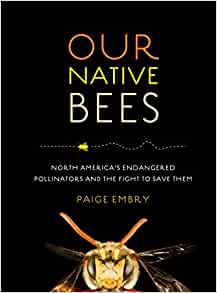


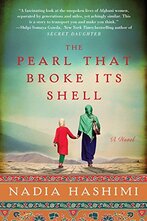
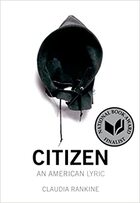
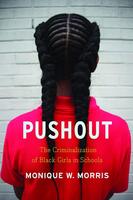

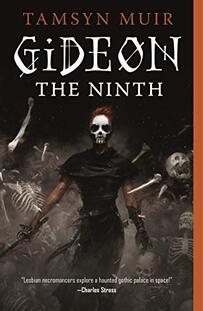


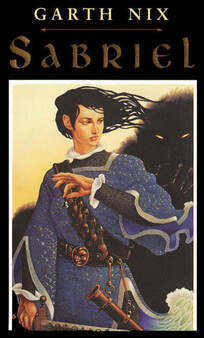

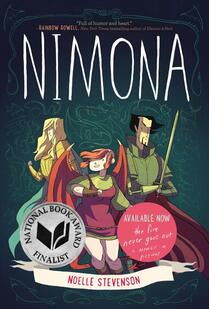

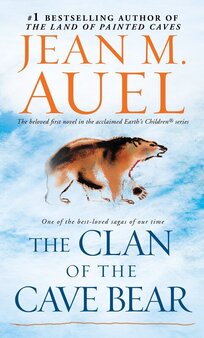

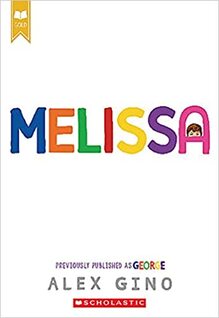
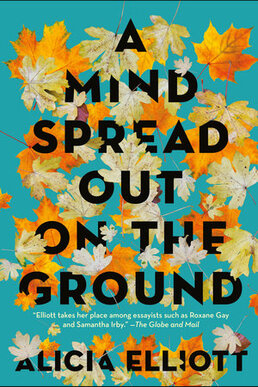



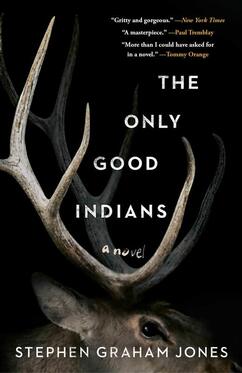




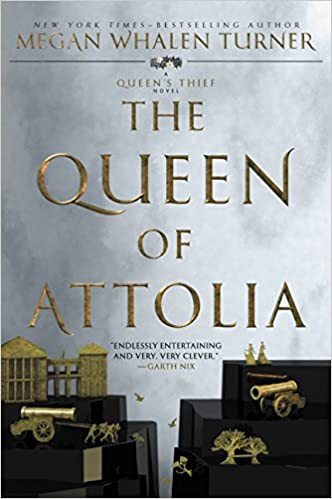

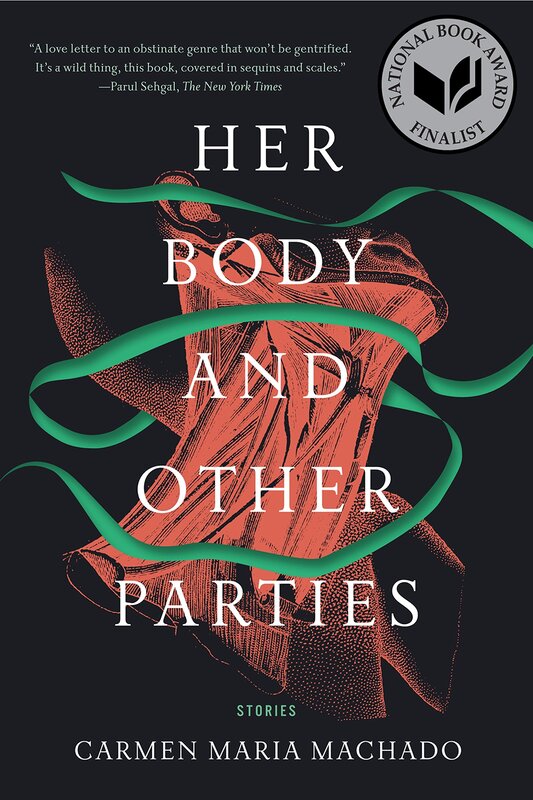
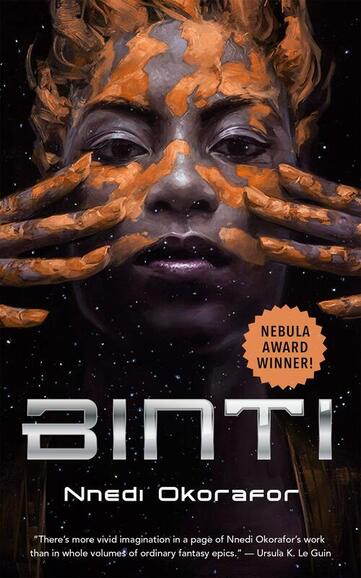
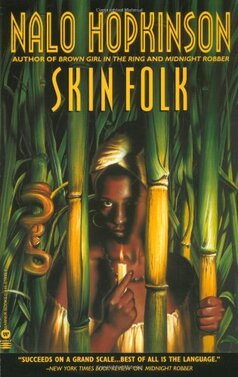
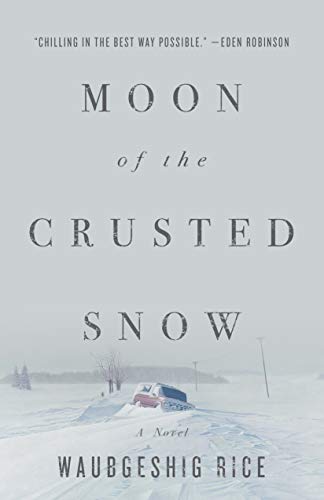
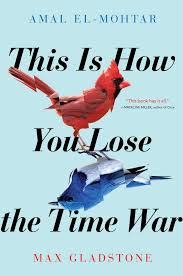
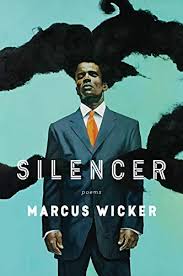


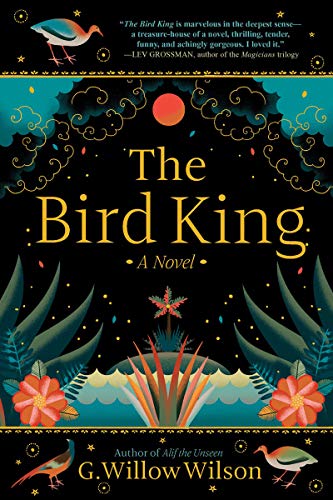
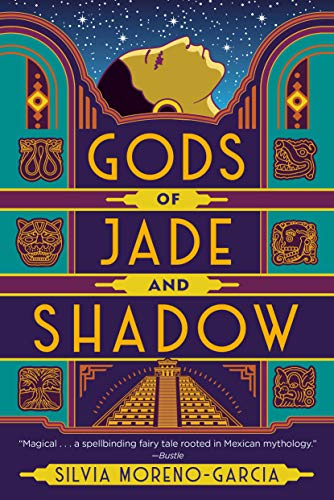








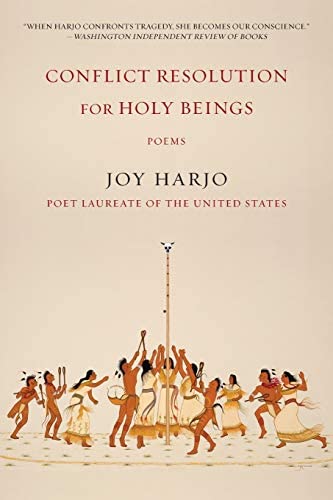




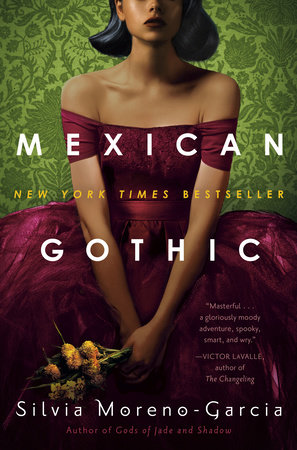

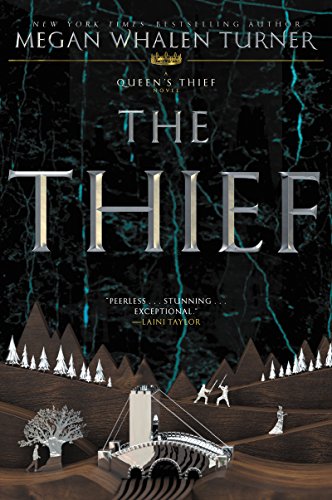
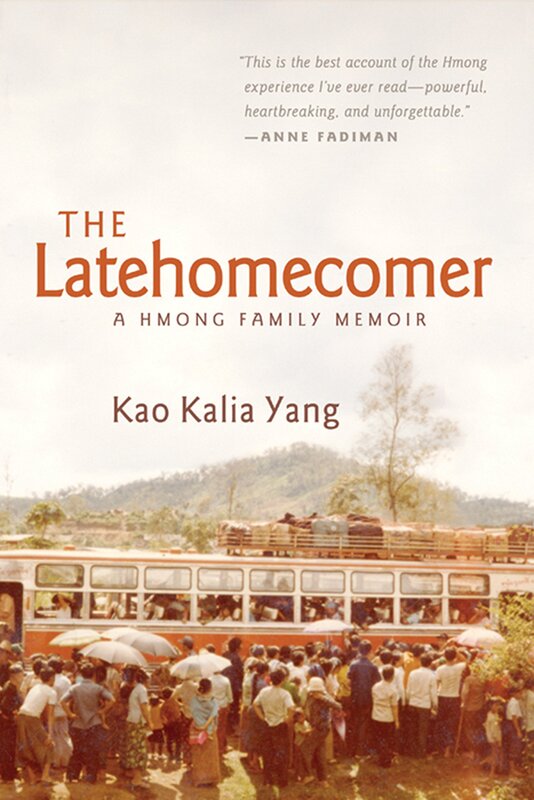
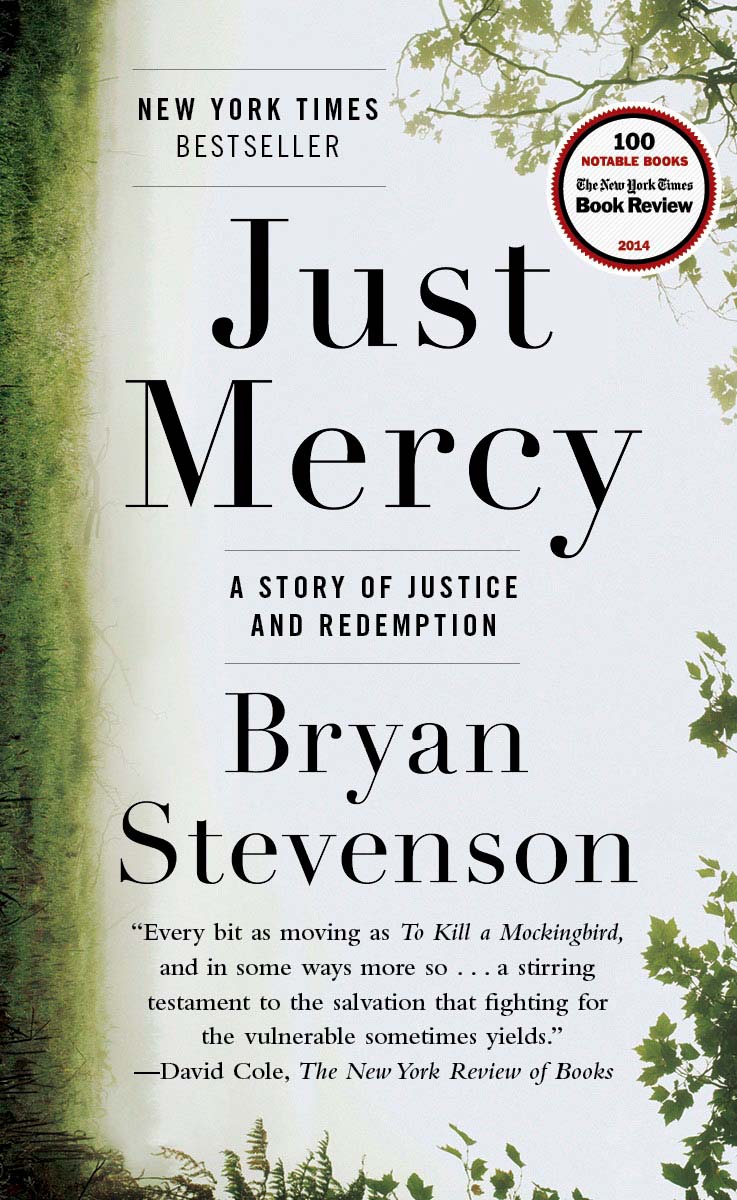



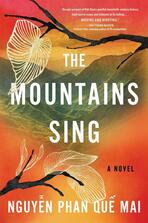
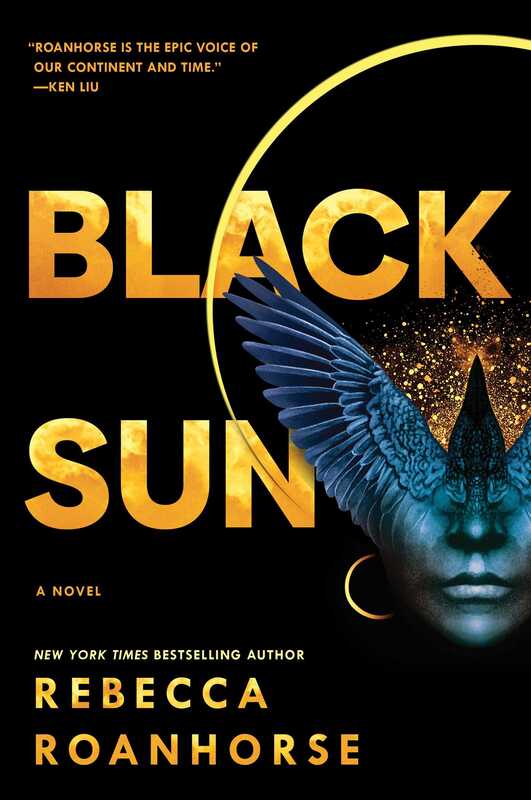
 RSS Feed
RSS Feed